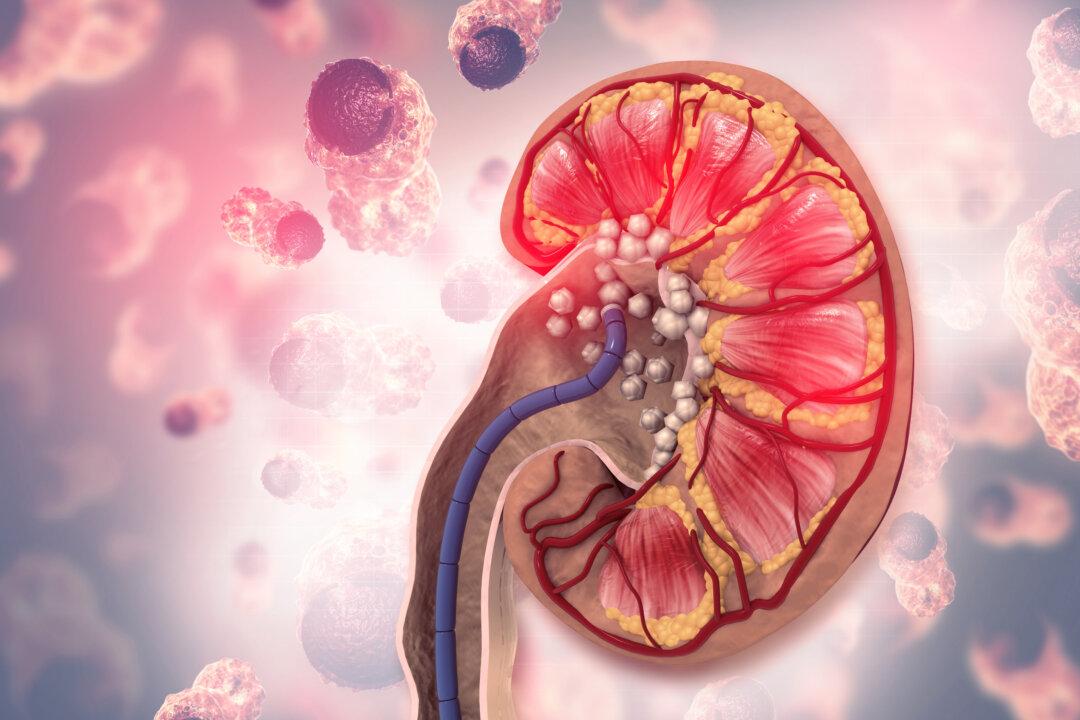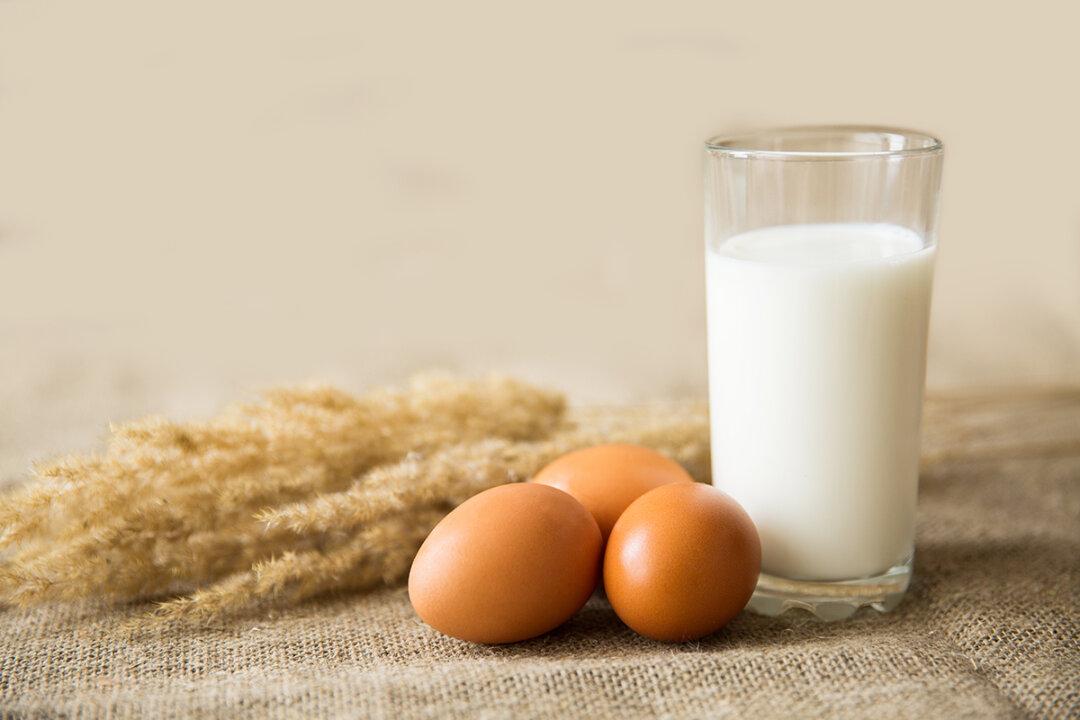Eating overly salty foods and consuming too much salt can cause high blood pressure, cardiovascular diseases, diabetes, cancers, and many other diseases in the long run. Fortunately, some “salt-removing foods” can help reduce this burden on our body.
It’s not that salt isn’t good or necessary for our health. People often recommend cutting salty or overly salty foods from the diet—but, in fact, it’s important to have some salt in our diets.






